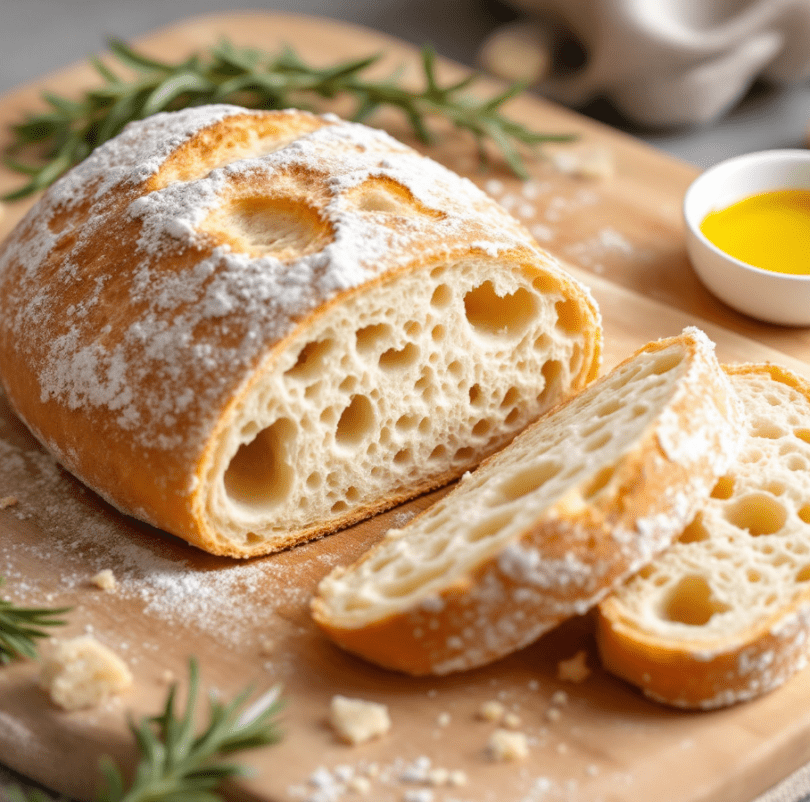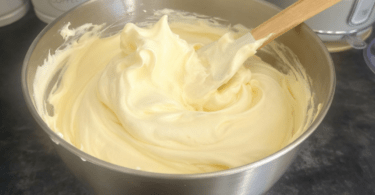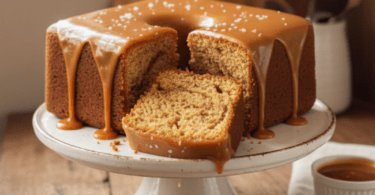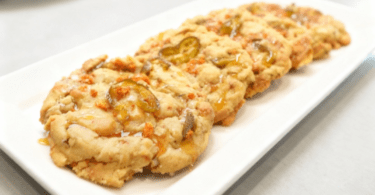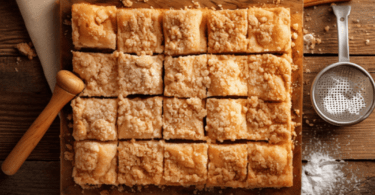How to Make Ciabatta Bread at Home: A Complete Guide for Perfect Italian Bread
Introduction
Mastering the art of making authentic Italian ciabatta bread at home might seem daunting, but with this comprehensive guide, you’ll be baking this rustic, hole-filled bread like a professional baker. Ciabatta, meaning “slipper” in Italian due to its distinctive shape, is known for its crispy crust and soft, airy interior. This recipe will walk you through creating this beloved bread in your own kitchen, using simple ingredients and detailed techniques.
Why You’ll Love Making Ciabatta Bread at Home
- Cost-Effective: Save money by making fresh, artisanal bread at home
- Authentic Taste: Experience genuine Italian flavors right from your oven
- Customizable: Adjust the ingredients to suit your dietary preferences
- Impressive: Wow your family and friends with professional-quality bread
- Therapeutic: Enjoy the relaxing process of bread making
- No Preservatives: Control what goes into your bread
- Fresh Always: Have warm, crusty bread whenever you want
What You’ll Need
Equipment
- Stand mixer with dough hook (recommended)
- Large mixing bowl
- Dough scraper
- Baking sheet
- Parchment paper
- Kitchen scale (for precise measurements)
- Clean kitchen towels
- Spray bottle for water
- Pizza stone (optional but recommended)
Basic Kitchen Tools
- Measuring cups and spoons
- Mixing bowls
- Plastic wrap or damp cloth
- Sharp knife or bread lame
Method in Brief
- Create a biga (pre-ferment) the night before
- Mix the main dough ingredients
- Develop gluten through folding
- Shape the loaves
- Final proof
- Bake with steam
- Cool completely
Essential Tips for Perfect Ciabatta
1. Temperature Matters
- Use room temperature ingredients
- Maintain warm environment (75-78°F) during proofing
- Cold water can slow down fermentation
2. Hydration is Key
- Don’t be tempted to add more flour
- Wet dough creates signature holes
- Use wet hands when handling dough
3. Timing is Everything
- Don’t rush the fermentation
- Watch the dough, not the clock
- Allow complete cooling before cutting
4. Technique Tips
- Handle dough gently to preserve air bubbles
- Use proper folding technique
- Create steam in the oven for crusty exterior
Recipe Box
Ciabatta Bread Recipe
Ingredients
- 1½ cups (200g) bread flour (for biga)
- ½ cup (120ml) cool water (for biga)
- ¼ teaspoon instant yeast (for biga)
- 2½ cups (320g) bread flour (for main dough)
- 1½ teaspoons salt
- ½ teaspoon instant yeast
- 1¼ cups (300ml) lukewarm water
- 2 tablespoons olive oil
Directions
- Mix flour, water, and yeast for the biga and let it ferment.
- Combine biga with main dough ingredients and mix until smooth.
- Let the dough rise until doubled, then shape into loaves.
- Let the loaves proof, then bake in a preheated oven.
Variations
- Whole Wheat Ciabatta
- Replace 25% bread flour with whole wheat
- Increase water slightly
- Expect denser texture
- Herb-Infused
- Add 2 tablespoons fresh rosemary
- Mix in 2 tablespoons fresh thyme
- Include 3 cloves roasted garlic
- Olive Ciabatta
- Add 1 cup chopped olives
- Reduce salt slightly
- Pat olives dry before adding
- Multi-grain Version
- Add seeds (sunflower, pumpkin)
- Include different grain flours
- Adjust hydration as needed
Storage Instructions
Room Temperature
Best consumed within 2 days. Store in a paper bag and keep at room temperature.
Freezing
Freeze for up to 3 months. Wrap tightly in plastic wrap and place in a freezer bag. Thaw at room temperature.
Refreshing
Sprinkle with water and heat at 350°F for 5-10 minutes. Cool slightly before serving.
Nutritional Information
(Per 100g serving)
- Calories: 250
- Carbohydrates: 52g
- Protein: 8g
- Fat: 1g
- Fiber: 2g
- Sodium: 390mg
Frequently Asked Questions
Why is my ciabatta dense instead of airy?
The key to achieving an airy texture lies in proper hydration and handling. Make sure your dough is wet enough and avoid deflating air bubbles during shaping.
Can I make ciabatta without a stand mixer?
Yes, though it requires more effort. Hand-knead for 15-20 minutes or use the stretch-and-fold method over several hours.
Why do I need to make a biga?
Biga develops flavor and improves texture. It creates the characteristic holes and chewy texture of authentic ciabatta.
Can I use all-purpose flour instead of bread flour?
While possible, bread flour’s higher protein content creates better structure and texture. Results with all-purpose flour will be less authentic.
How do I know when my ciabatta is done baking?
Look for golden-brown color, hollow sound when tapped, and internal temperature of 200°F (93°C).
Conclusion
Making ciabatta bread at home is a rewarding experience that combines science, art, and patience. While it requires attention to detail and practice, the result is a professional-quality Italian bread that rivals any bakery. Remember that each batch is a learning experience, and don’t be discouraged if your first attempt isn’t perfect. With these detailed instructions and tips, you’re well-equipped to create delicious, authentic ciabatta bread in your own kitchen.



